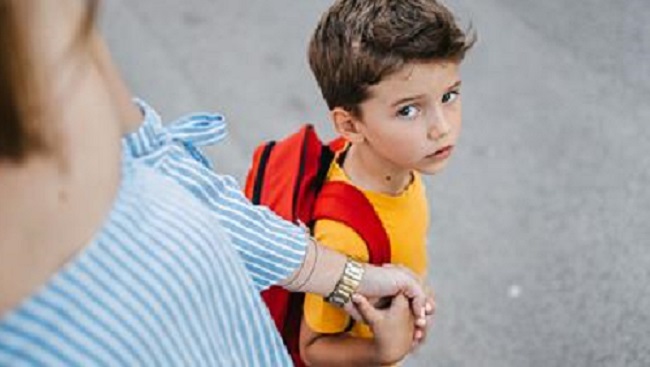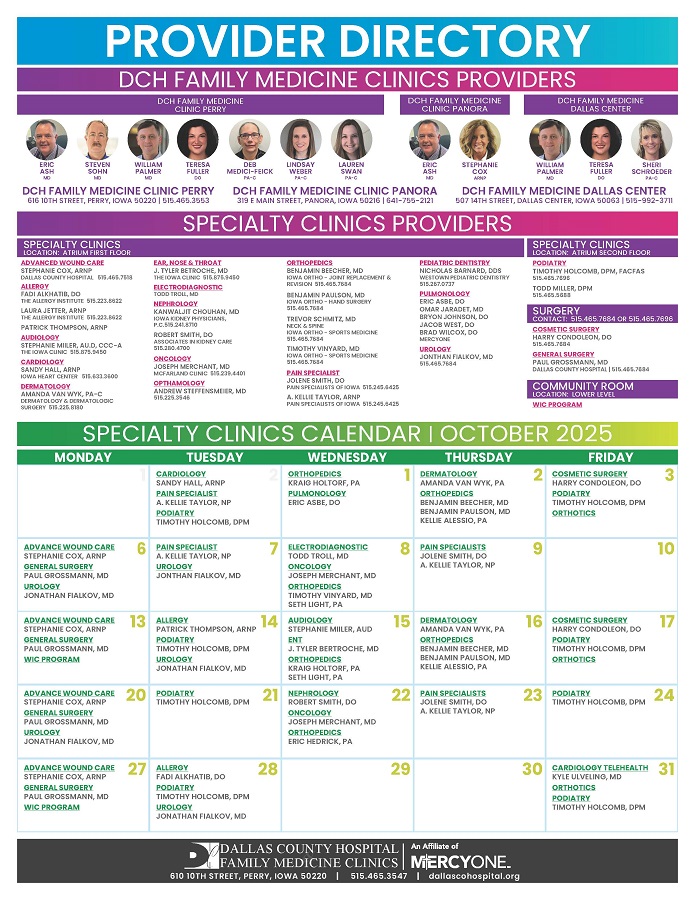 The next school year is starting already, and it’s normal for students and their families to feel some jitters in anticipation of all the changes that come during this time.
The next school year is starting already, and it’s normal for students and their families to feel some jitters in anticipation of all the changes that come during this time.
Sometimes students can feel more than just those harmless butterflies, though, and that stress and worrying can affect their wellbeing.
Students might worry about fitting in socially, who their new teachers and classmates will be, navigating a new school building, difficult classes or staying safe at school.
Signs that your child might be experiencing back-to-school anxiety include frequent complaints of stomachaches or headaches, tantrums or crying during discussions about school, restlessness and trouble sleeping or clingy behavior.
Older children and teens might withdraw from social activities or seem more irritable, nervous or easily fatigued.
There are steps that you can do now to ease worries about school:
• Practice your school-year routine before the first day of school, including bedtimes and waketimes as well as the transportation routine.
• Arrange playdates or encourage youngsters to spend time with friends so students feel more socially adjusted at school. Consider signing up for extra-curricular activities so they feel more involved.
• Validate their feelings and have an open conversation about what worries them so that they feel supported.
• Make a plan for how you will connect with your child if there is an emergency at school.
• Come up with a prize or activity they will get to do soon after the school year starts so that they have something to look forward to.
School counselors or family therapists are also great resources for working through back-to-school worries. Be sure to connect with them if the anxiety continues into the school year as well.
Natalie Peters is the community health educator in the Dallas County Public Health Department.

















